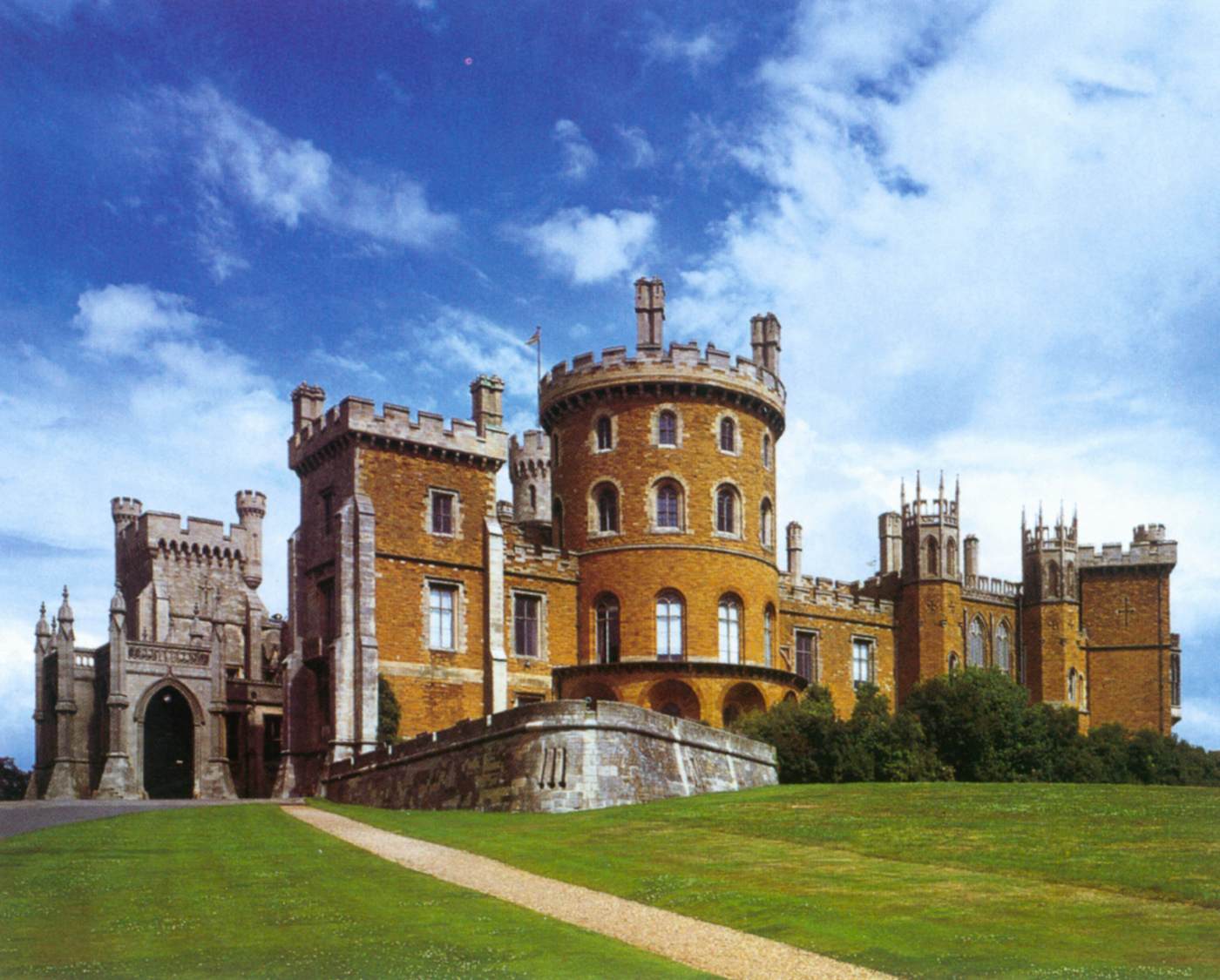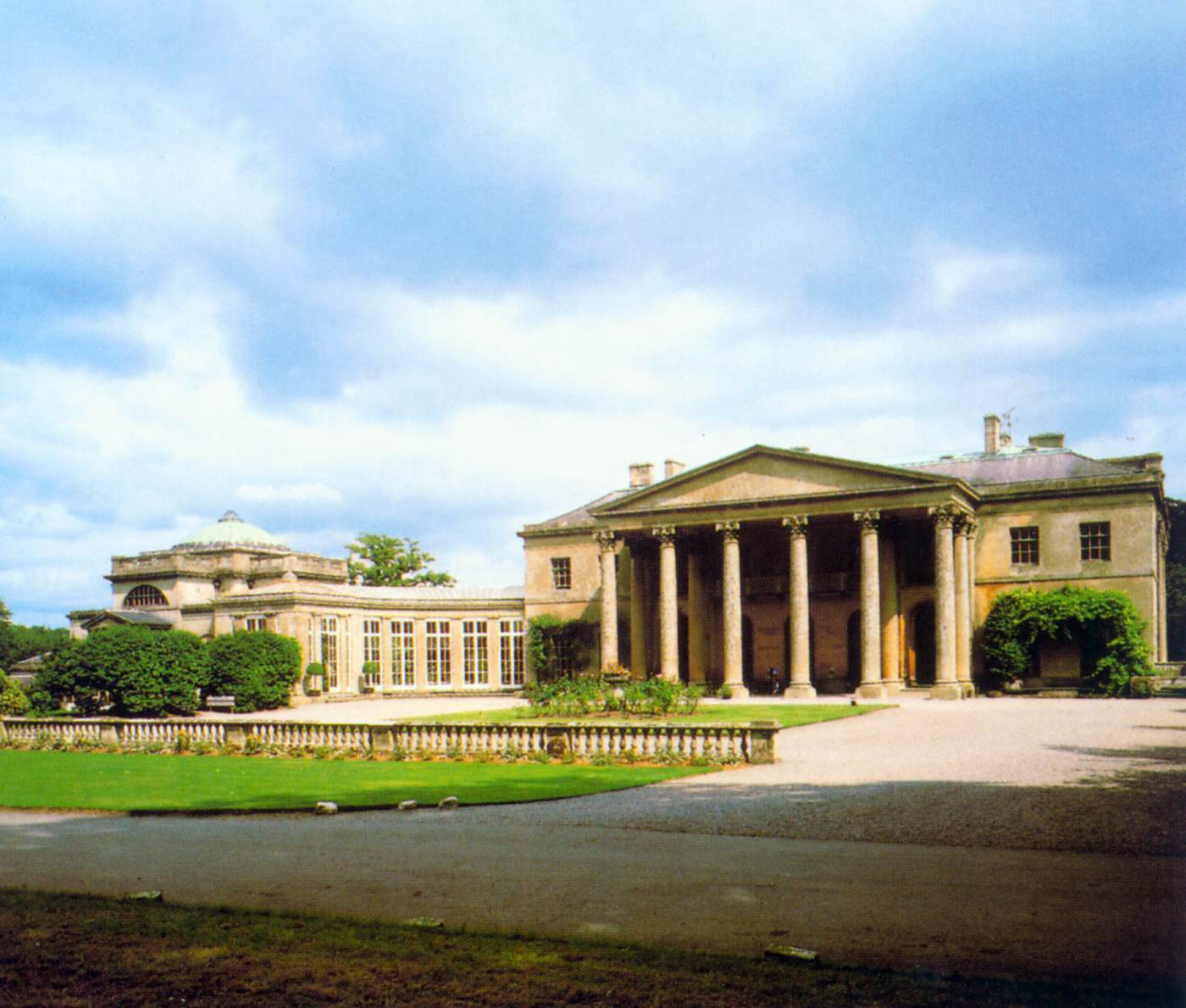English architect, part of a family of architects, painters, and sculptors. The most well known member of the Wyatt family, James was the son of Benjamin Wyatt. His father sent him to train as an architect and draftsman in Italy when he was still young. He returned to England in 1768 where he worked with his father and five brothers, and was heavily influenced by the work of Robert Adam. He achieved his fame as the architect and designer of the Pantheon in Oxford Street, London (1769-1772). Thereafter, he received numerous commissions and held several official positions. He was also an eclectic and versatile designer, versed in a wide range of artistic styles.
He is renowned for his pivotal role in the Gothic Revival in England, performing a number of controversial restorations of historic cathedrals. He succeeded Sir William Chambers as surveyor general to the Board of Works (1796) and was engaged in restoring the cathedrals of Durham, Hereford, Lichfield, and Salisbury, as well as Windsor Castle, Westminster Abbey, and Magdalen College, Oxford. These "restorations" later earned him the epithet "the Destroyer" from medieval revivalists of the 19th century, who had a more accurate archaeological approach.
In point of originality, Wyatt's severely elegant works in the classical mode, like Heaton Hall, Lancashire (1772), and Heveningham Hall, Suffolk (c. 1788-99), were surpassed by the extravagance of his Gothic Revival buildings, of which the most sensational was Fonthill Abbey (1796-1807), Wiltshire. Initially this was built as a landscape feature, and it eventually developed into an extraordinary home for the arch-Romantic William Beckford (1760-1844), who supervised its design and construction. The great central tower (82 metres) collapsed in 1807, and after Beckford sold the estate, in 1822, the house further fell into ruin. Today it has mostly disappeared.
Wyatt was also favoured by the Royal family, and received several commissions from them.
//
![]()





